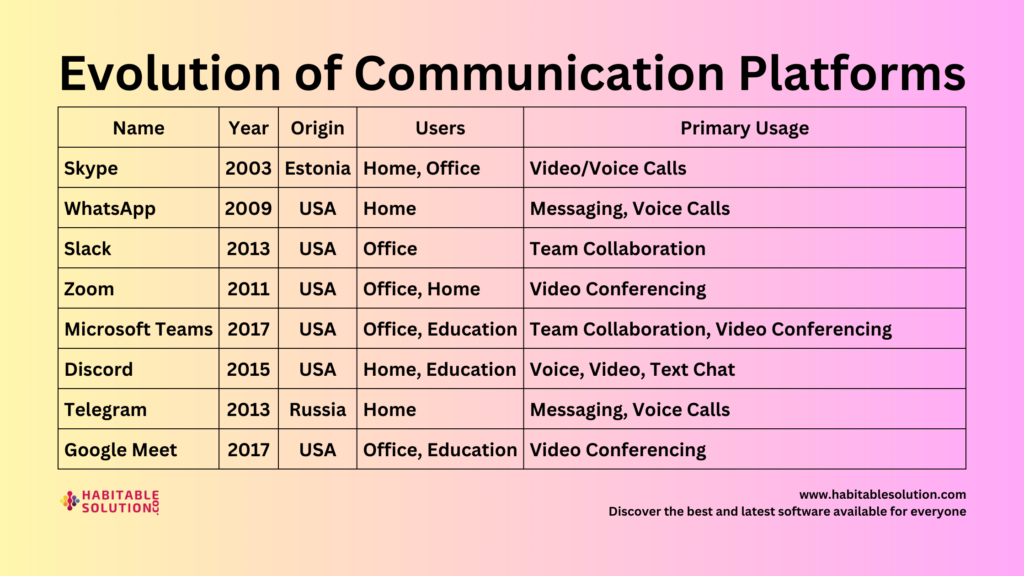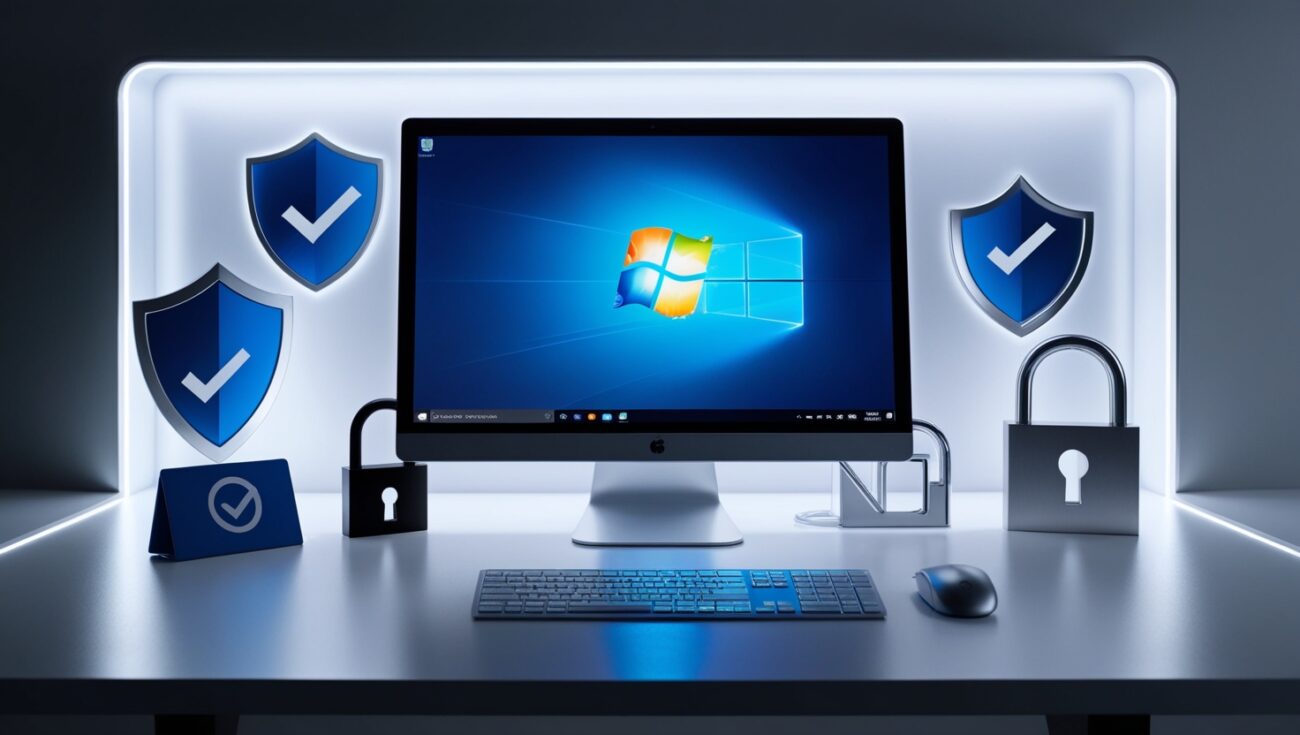(How to Make Your Accounts Virtually Uncrackable—Even Against Hackers)
Introduction: Why Most Passwords Still Suck (and What to Do About It)
Let’s face it:
Most people’s passwords are embarrassingly easy to crack.
Even after major hacks, countless “password123” and “qwerty” combos linger out there, waiting for the next cybercriminal’s brute-force program to waltz in. If you’ve ever worried that your passwords might not be as strong as you think, you’re not alone.
But here’s the good news:
Building better passwords is surprisingly easy—and you don’t need to be a tech genius to do it.
This post will show you the science and strategy behind rock-solid passwords, teach you the latest best practices, and even help you set up tools that do the heavy lifting for you.
Why “Longer” Is Always “Stronger”: The Exponential Power of Length
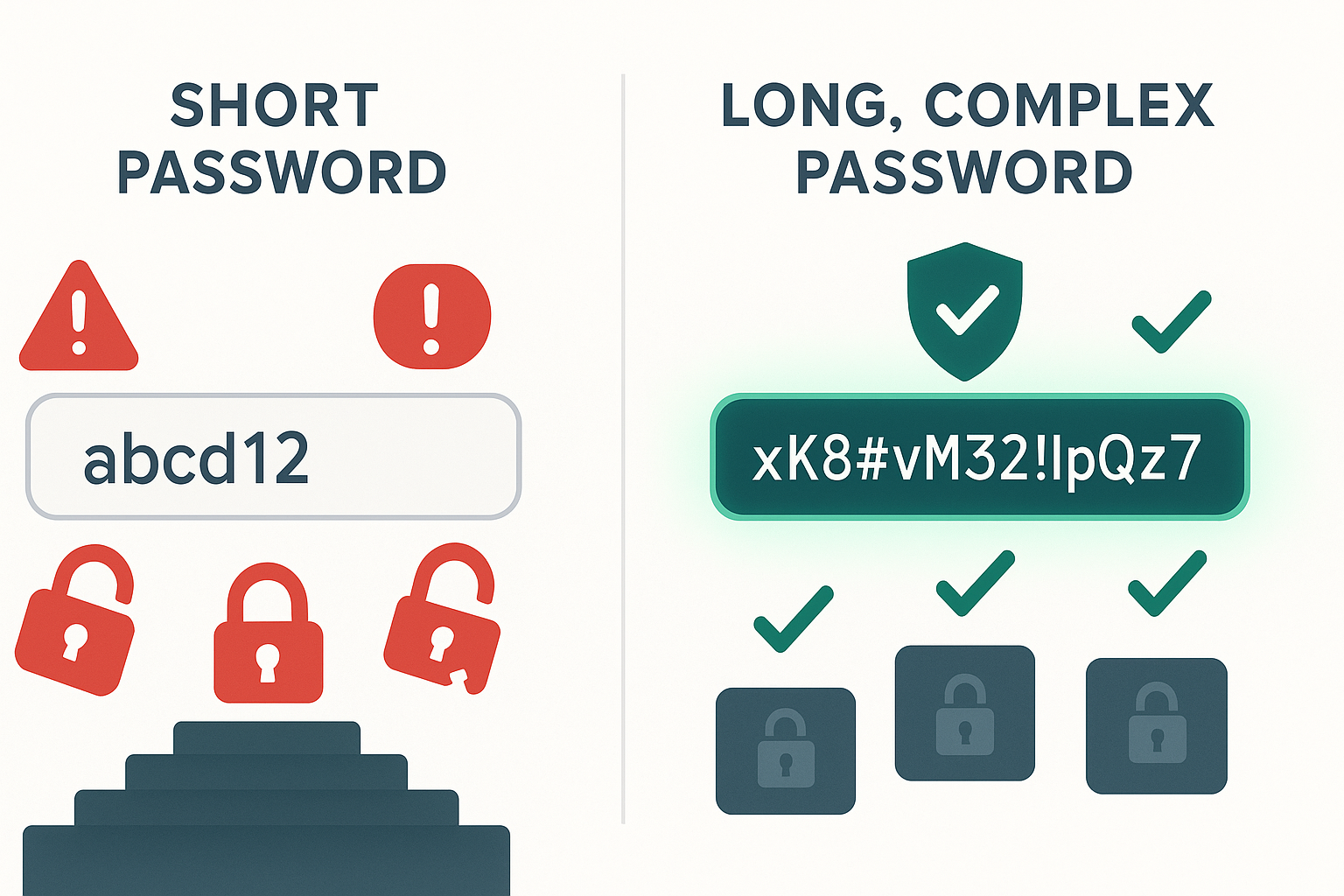
Imagine a door with a single lock—that’s your short password.
Now picture a door with a hundred locks—each with a different key.
Which one will take longer to break in?
That’s how password length works:
- Each additional character multiplies the difficulty for hackers.
- A 6-character password (even with symbols) is far weaker than a 12-character password made up of just letters.
The Math Behind Password Strength
Let’s break it down:
- 4-digit PIN: 10,000 possibilities (not secure!)
- 8-character lowercase password: 208 billion possibilities
- 12-character password using upper, lower, numbers, and symbols: More possibilities than grains of sand on Earth
Lesson:
Go for length first, then complexity.
Complexity Matters—But Not as Much as You Think
You’ve probably run into password rules that seem like alphabet soup:
“Use at least one uppercase letter, one number, one symbol, and don’t repeat any characters!”
These requirements exist for a reason—they force you out of using predictable, easily cracked patterns.
But complexity without length is still weak. “P@ssw0rd!” is complex, but not long enough.
What’s Better: “P@ssw0rd!” or “correcthorsebatterystaple”?
The answer:
“correcthorsebatterystaple” (made famous by XKCD) is longer and more secure—even though it’s only lowercase letters.
The Secret Weapon: Passphrases

What’s easier to remember—“Jk#42R8x!” or “RainyBambooSunsetCarpet”?
The passphrase method uses a string of unrelated words, possibly joined with numbers and symbols:
- “CoffeeTrain!WizardMoon1977”
- “Grizzly*Tulip%Mailbox33”
Why Passphrases Work
- They’re long, so brute-force attacks become nearly impossible.
- They’re easy to remember, since your brain naturally remembers images and stories better than random characters.
Pro Tip:
- Make sure your words aren’t related (not “onetwothreefour”).
- Add a sprinkle of numbers or symbols to make it even tougher.
Unique Passwords for Every Account (Yes, Every Single One!)
If you reuse passwords, you’re only as strong as the weakest site.
Imagine one small forum you signed up for in 2013 gets hacked—now attackers can unlock your email, bank, and social accounts.
How Do You Remember Them All?
Don’t.
Let technology do the heavy lifting:
Password Managers: Your Digital Vault
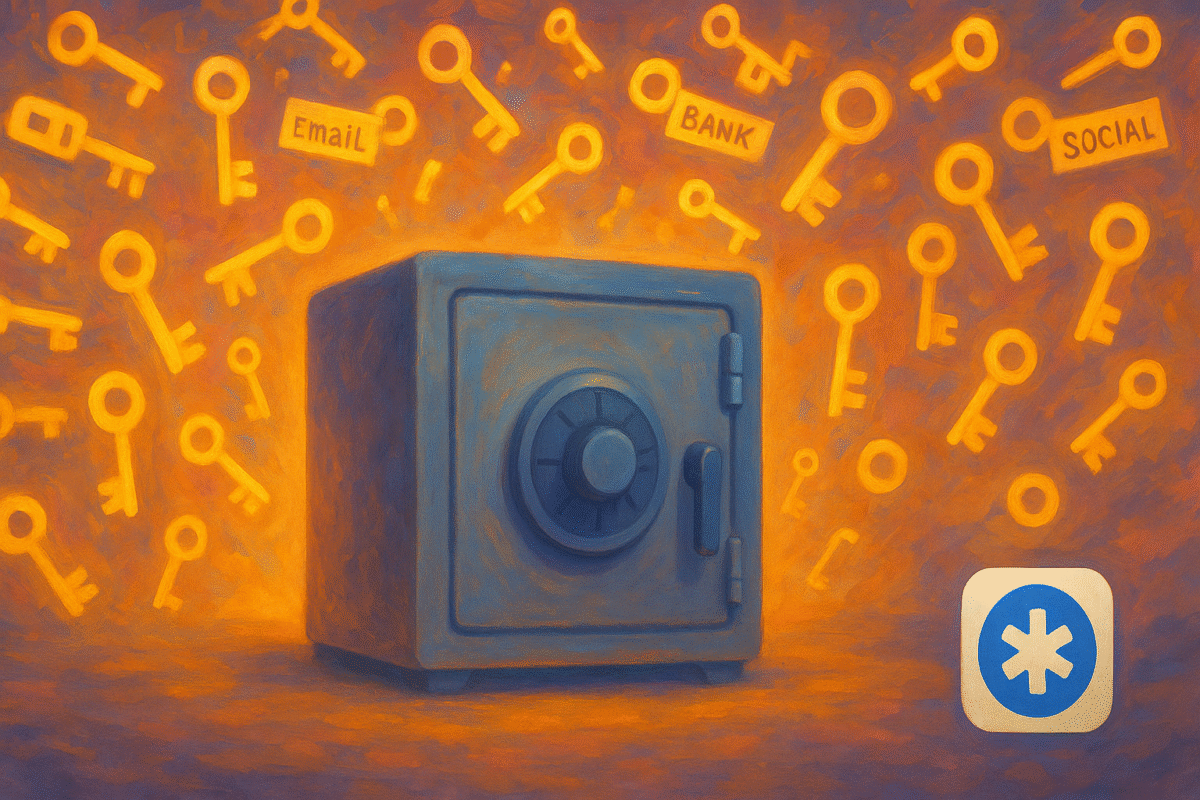
Password managers are apps or browser extensions that generate, remember, and auto-fill unique passwords for every site.
Benefits:
- One strong “master password” unlocks your vault.
- They can generate passwords like: “R#6hG8!29mLpQz”
- You never need to remember (or reuse) another password again.
Popular options:
- LastPass
- 1Password
- Bitwarden
- Dashlane
Pro Tip:
- Use a long, unique master password for your password manager—and never reuse it anywhere else!
When to Change Your Passwords (and When Not To)
You don’t need to change passwords every month (old advice!).
Instead:
- Change your password if you suspect a breach (see if your email or site appears on “Have I Been Pwned?”)
- Update your password if you’ve reused it anywhere else
- Change passwords immediately after hearing of a security breach at a site you use
Two-Factor Authentication: The Ultimate Backup
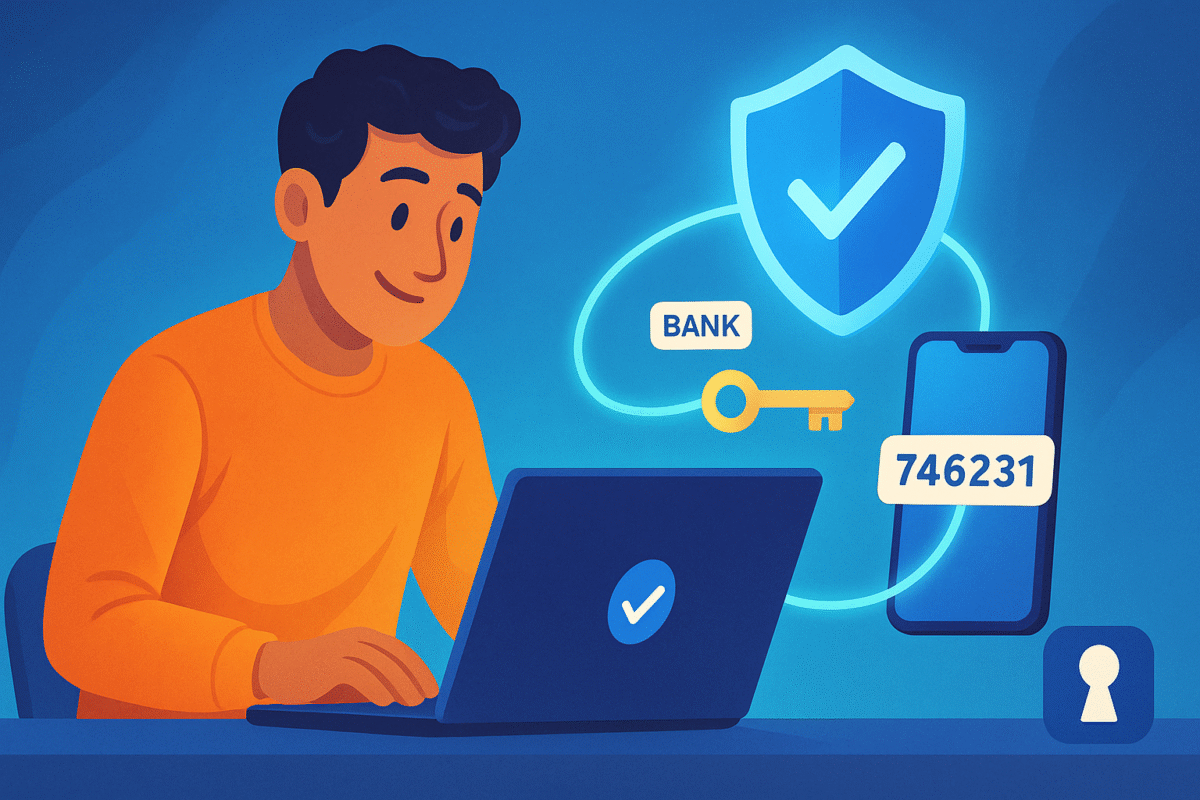
Even with the world’s strongest password, there’s still a risk of phishing, malware, or breaches.
Two-Factor Authentication (2FA) means a hacker needs something else—like your phone, an app code, or a fingerprint—along with your password to break in.
Enable 2FA everywhere you can:
- Banking
- Email
- Social media
- Cloud storage
Authenticator apps (like Google Authenticator or Authy) and hardware tokens are much safer than SMS codes.
Password Don’ts: Mistakes to Avoid
1. Don’t Use Common Patterns:
- “123456”, “abcdef”, “password”, or your name + year
2. Don’t Share Passwords:
- Not by email, not by WhatsApp, not by sticky note!
3. Don’t Write Passwords Down Unprotected:
- If you must write one down, lock it up somewhere safe
4. Don’t Save Passwords in Plain Text Files:
- Not in Notepad, Google Docs, or email drafts
5. Don’t Use Password Hints:
- Security questions are often easy to guess or research (“mother’s maiden name,” “first pet”)
What If You Forget? Recovery Strategies
- Always secure your email account—it’s the “master key” to password resets
- Keep recovery codes from password managers and 2FA in a physically secure place
- Set up secure account recovery options (but avoid easily guessable info)
Building Better Passwords: A Step-by-Step Checklist
- Make it long: Aim for 12+ characters, the longer the better.
- Mix it up: Use uppercase, lowercase, numbers, symbols, or passphrases with added complexity.
- Never reuse: Every account gets a unique password.
- Use a password manager: Store and generate strong passwords.
- Turn on 2FA: Add a second lock for critical accounts.
- Update after breaches: Monitor news and “Have I Been Pwned” for exposures.
Conclusion: The Power Is In Your Hands
Cybersecurity isn’t about paranoia—it’s about making yourself a hard target.
Better passwords aren’t just for “techies” or corporations; they’re for everyone. With today’s free tools, smart strategies, and a few minutes of your time, you can turn your weakest link into your strongest defense.
Start today.
Audit your most important accounts.
Install a password manager.
Change your weakest passwords for good.
You’ve got this—and your future self will thank you.
People also search for:
How to build a strong password?
What is the 8 4 rule for creating passwords?
What is the 12 strong password principle?
What are the top 7 passwords?

